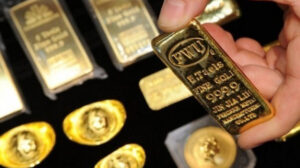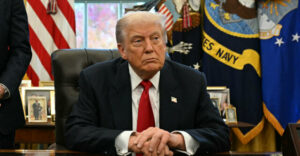Swiss bank UBS believes gold is gearing up for its next upward move and although it has already reached record highs, investor positioning does not appear to be particularly high.
“Gold has reached new all-time highs and the market seems to be “looking” above $2,500 an ounce. The path depends largely on the Fed’s policy signals from Jackson Hole and some short-term consolidation cannot be ruled out. While there is no obvious catalyst for the latest price rise, the recent macro environment in general has favoured higher gold prices. Soft Fed expectations, lower interest rates and a weaker US dollar have worked positively for the gold price. Persistent geopolitical risks and a growing focus on the upcoming US elections and the corresponding implications for fiscal policy are also boosting investor interest in gold,” the bank highlights.
“Despite the recent increase in net placements on the Comex exchange, levels remain below all-time highs. We believe broader market positioning remains weak, allowing investors to continue to add positions in the metal. We also expect further inflows into gold ETFs as the Fed begins to cut rates and carry costs for gold positions decline. What we are finding is that historical macro relationships appear to have been restored. In particular, the negative beta of gold relative to real US interest rates appears to be stabilizing, although the premium of the spot price of gold relative to simple “fair value” calculations remains large. We believe that the recent gold price action closely tracks the Fed’s ongoing readjustment of expectations, which is partly reflected in the movement of gold in conjunction with risk assets,” UBS explains of the recent rally in the metal’s price.
China and India continue to buy gold
“Gold has had the advantage of also acting as a safe haven, limiting its fall in periods when risk is under pressure. Physical demand for gold is under pressure as prices continue to make higher highs and higher lows. Combined imports into China and India in July were down, although volumes on an annualised basis are still up 5% given the strong start to the year. The weakness was most notable in terms of jewellery demand in China, with prices recently falling at a discount to the global spot gold price. The focus of seasonal gold demand will be first in India ahead of the key wedding and festival season, Dussehra is in mid-October and Diwali falls in early November, both occasions are important for the gold market. Lower import tax duties on imports and a robust economic environment bode well for gold demand despite more expensive global prices,” the house believes.
Preliminary reports for July show that gold purchases by the official sector are continuing, although the overall pace appears to have slowed in recent months. India’s gold stocks rose by about 5 tonnes in July, while China kept gold stocks unchanged for the third consecutive month. Despite the slowing pace of buying by the sector, we believe that official agencies will remain net buyers of gold.
Gold inventories relative to total inventory assets are still quite low for many emerging market central banks that have been active gold buyers, suggesting there is still room for additions. In addition, we believe there is also room for those that have been less active to increase gold holdings,” UBS concludes.
Ask me anything
Explore related questions





